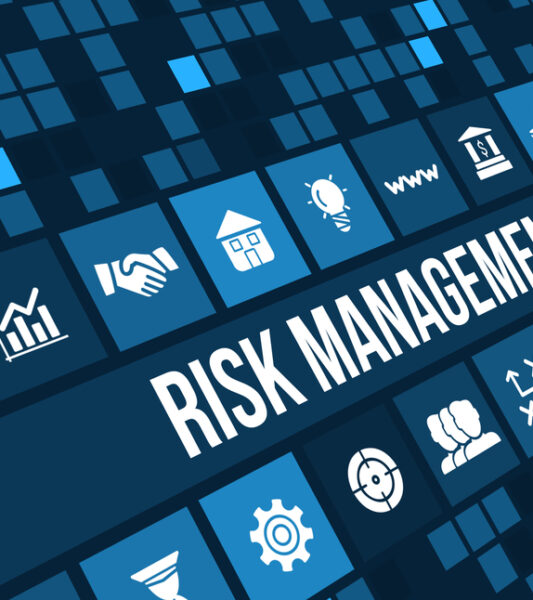Resources
Risk-Based Compliance
Stay ahead of financial crimes with risk-based compliance. Learn how AML professionals can foster a risk-aware culture,...

Internal Audit (AML)
Internal audit plays a crucial role in ensuring the effectiveness and efficiency of an organization's anti-money laundering...

Organized Crime Groups (OCGs)
Dive into the world of organized crime groups (OCGs) and explore their hierarchical structure, secretive operations, and...

Cryptocurrency AML
Cryptocurrency AML, an abbreviation for Anti-Money Laundering, refers to the set of measures and practices aimed at...

Certificate of Compliance
Understand the significance of certificate of compliance and its role in ensuring adherence to regulatory requirements.

Cash Intensive Businesses
Discover the intricacies of cash intensive businesses and the risks they face in our brief guide.

6th Anti-Money Laundering Directive (6AMLD)
Dive into our comprehensive dictionary guide on the 6th Anti-Money Laundering Directive (6AMLD). Discover the key aspects,...

Money Laundering Risk Indicator (MLRI)
Discover how the Money Laundering Risk Indicator (MLRI) enhances risk assessment, resource allocation, compliance, and detection of...

Intra-group Transfers in AML
Managing intra-group transfers in AML requires a comprehensive approach. Delve into the complexities of risk assessment, enhanced...

Risk Appetite Statement
In the complex world of Anti-Money Laundering (AML), managing risks is not a choice but a necessity....
